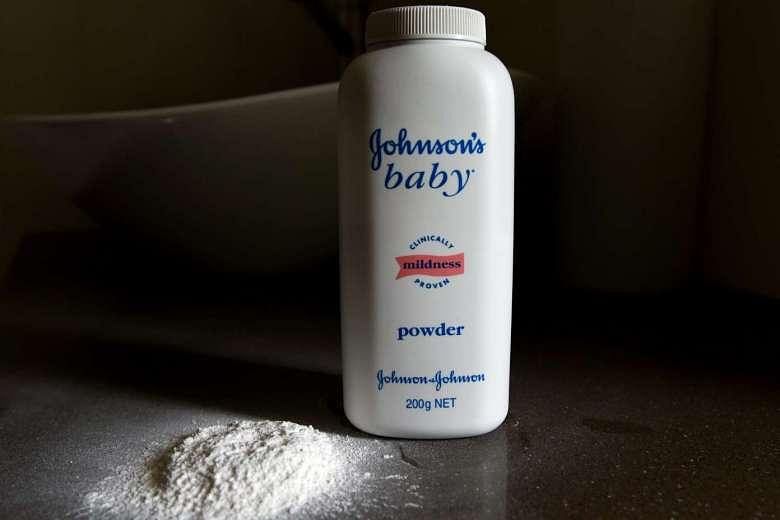This article was first published on May 5, 2017 and updated on Aug 22, 2017
SINGAPORE - Johnson & Johnson was ordered by a California jury on Monday (Aug 21) to pay US$417 million (S$568 million) to a woman who claimed she developed terminal ovarian cancer after using the company's talc-based products.
There are over 3,000 lawsuits accusing the world's largest healthcare company of ignoring studies linking its baby powder and Shower To Shower talc products to ovarian cancer and failing to warn customers of the risk.
The Straits Times asks some experts questions that consumers might have on this issue.
Q: What is talc made of?
A: Talc is a mineral made up mainly of magnesium, silicon and oxygen.
Q: What sorts of products contain talc?
A: Talc is used in everyday products such as cosmetics, deodorants and sometimes even powdered food. It is allowed as a cosmetic ingredient under the Asean Cosmetic Directive (ACD), which Singapore adopts, as well as in cosmetic products worldwide.
Q: How might talc cause ovarian cancer?
A: Ovarian cancer is believed to be caused when the ovaries become inflamed, which can happen when they are irritated by a foreign substance.
Obstetrician and gynaecologist Elisa Koh at Mount Elizabeth Novena Specialist Centre said that while the entry of the powder through the genital tract could be an issue, using it on the chest or face is unlikely to cause problems.
Q: What are the risks of using talc?
A: The World Health Organisation's International Agency for Research on Cancer classifies the use of talc-based body powder in the genital region as "possibly carcinogenic".
This means that there is limited evidence that such powder causes cancer in humans.
The Health Sciences Authority (HSA) told The Straits Times on Friday (May 5) that cosmetic-grade talc is generally regarded to be a safe ingredient in cosmetic products worldwide, including US, Canada and Europe.
"Although there have been concerns about a possible link between talcum powder and ovarian cancer, the available evidence globally remains inconclusive in establishing such a link to date," said the HSA spokesman.
Q: What can I do if I am concerned about the possible link between talc and ovarian cancer?
A: Dr Elaine Lim, senior consultant at the National Cancer Centre Singapore's medical oncology division, suggests using cornstarch as an alternative.
Q: How can Singapore consumers be assured that talc products are safe?
A: HSA has said that it keeps tabs on products containing talc to make sure that they are safe. This includes testing samples of such products and monitoring adverse reactions suffered by people who use them.
Products found to be unsafe will be removed from the market. To date, there are no adverse reports relating to talc in cosmetic products in Singapore, HSA said. It added that it will continue to closely monitor any new safety data related to the use of talc in cosmetic product and will take appropriate action and inform the public where necessary.
Q: Are there any safety guidelines for applying powder on children?
A: For talcum powders used in children, HSA's regulations require that such products must be labelled with a warning that states "Keep powder away from children's nose and mouth".
This is in line with Asean Cosmetic Directive regulations, as well as with the requirements in the European Union (EU) and Canada.


